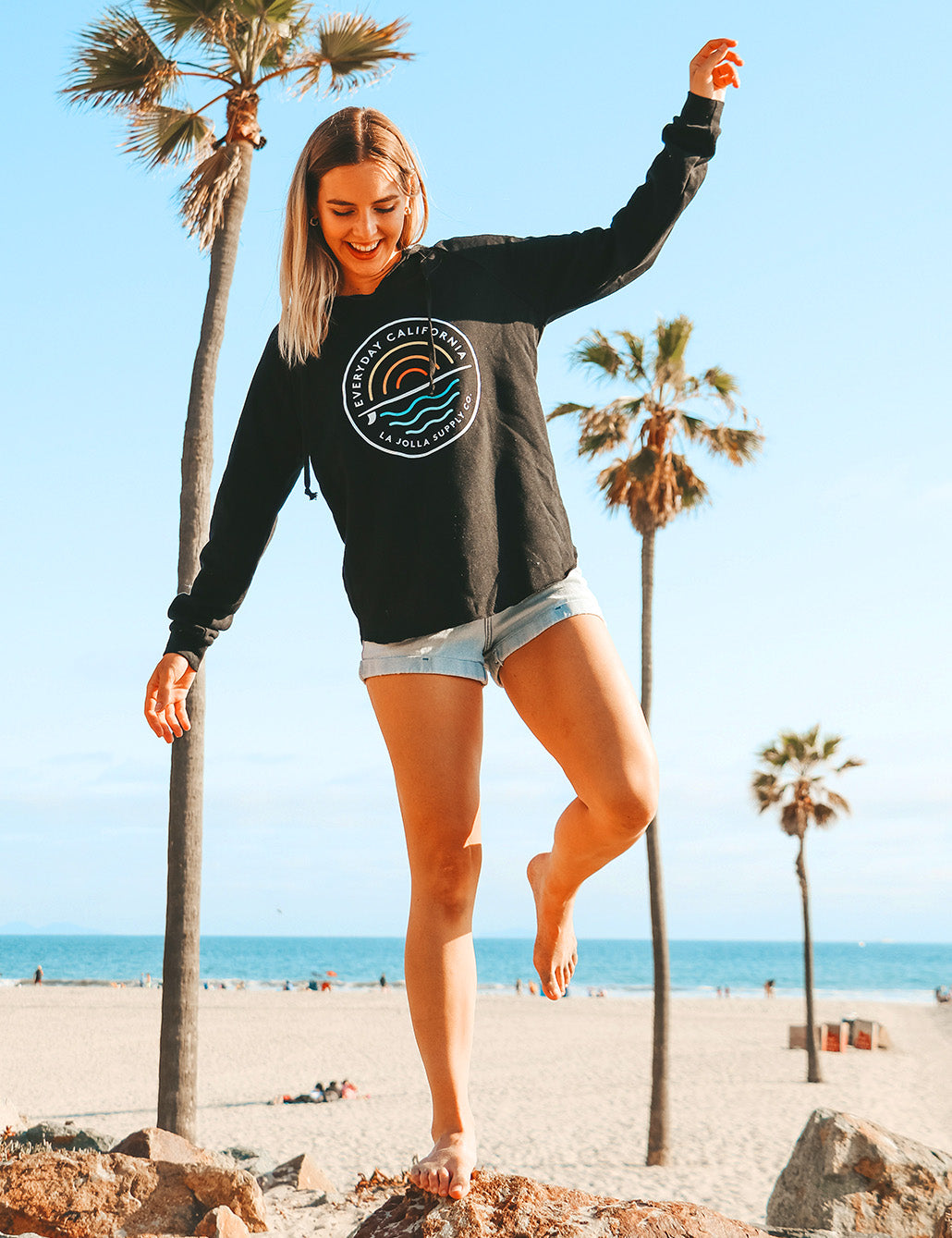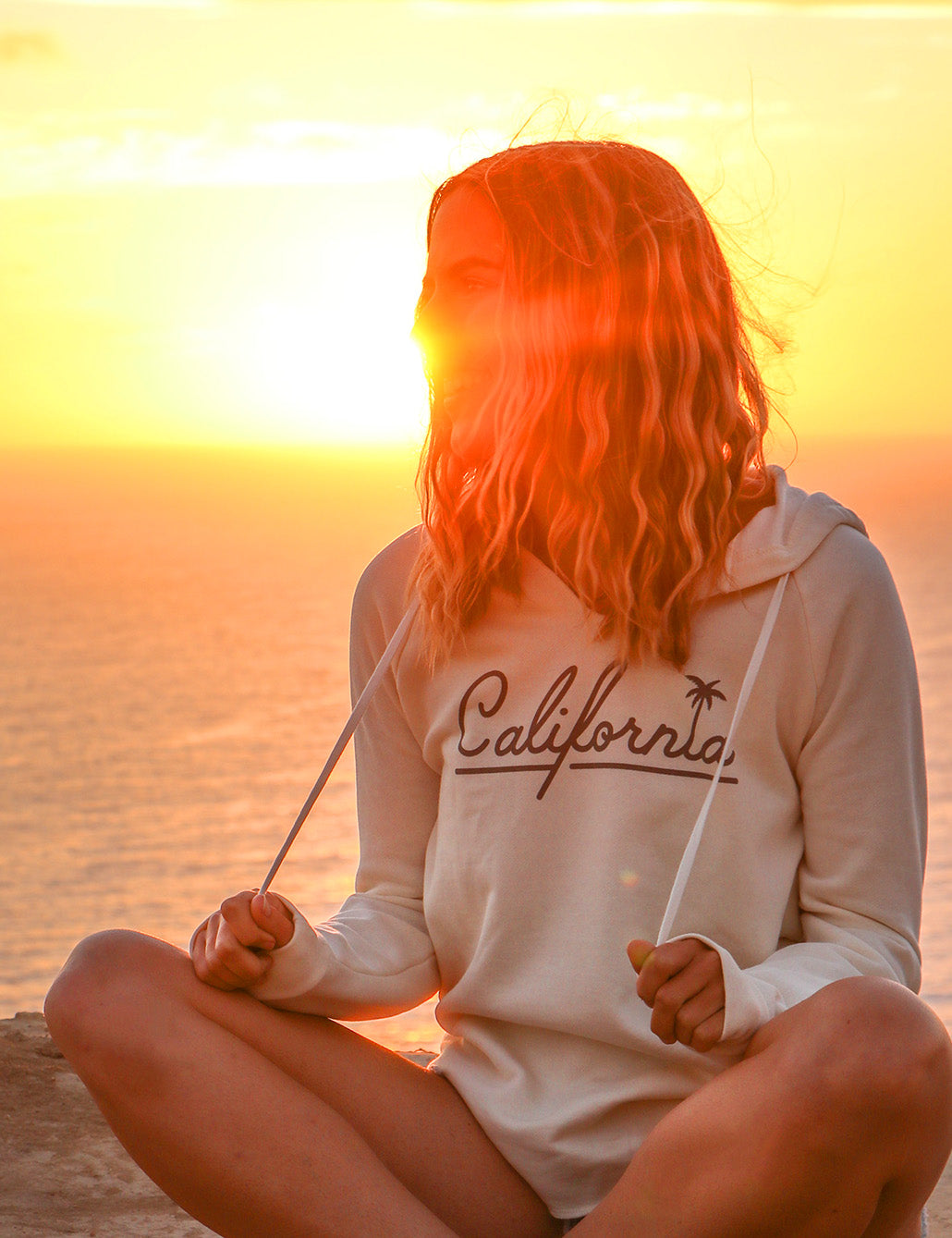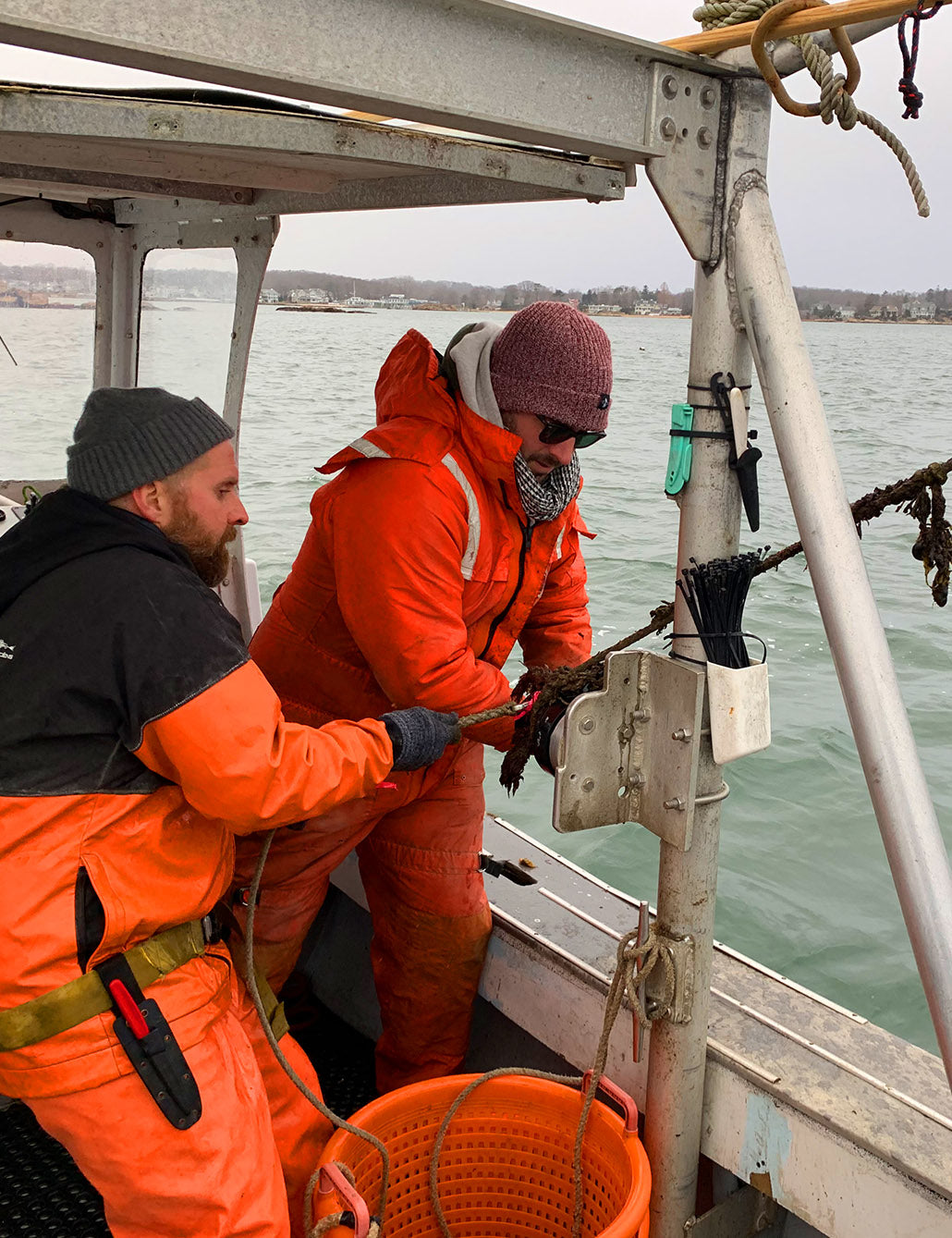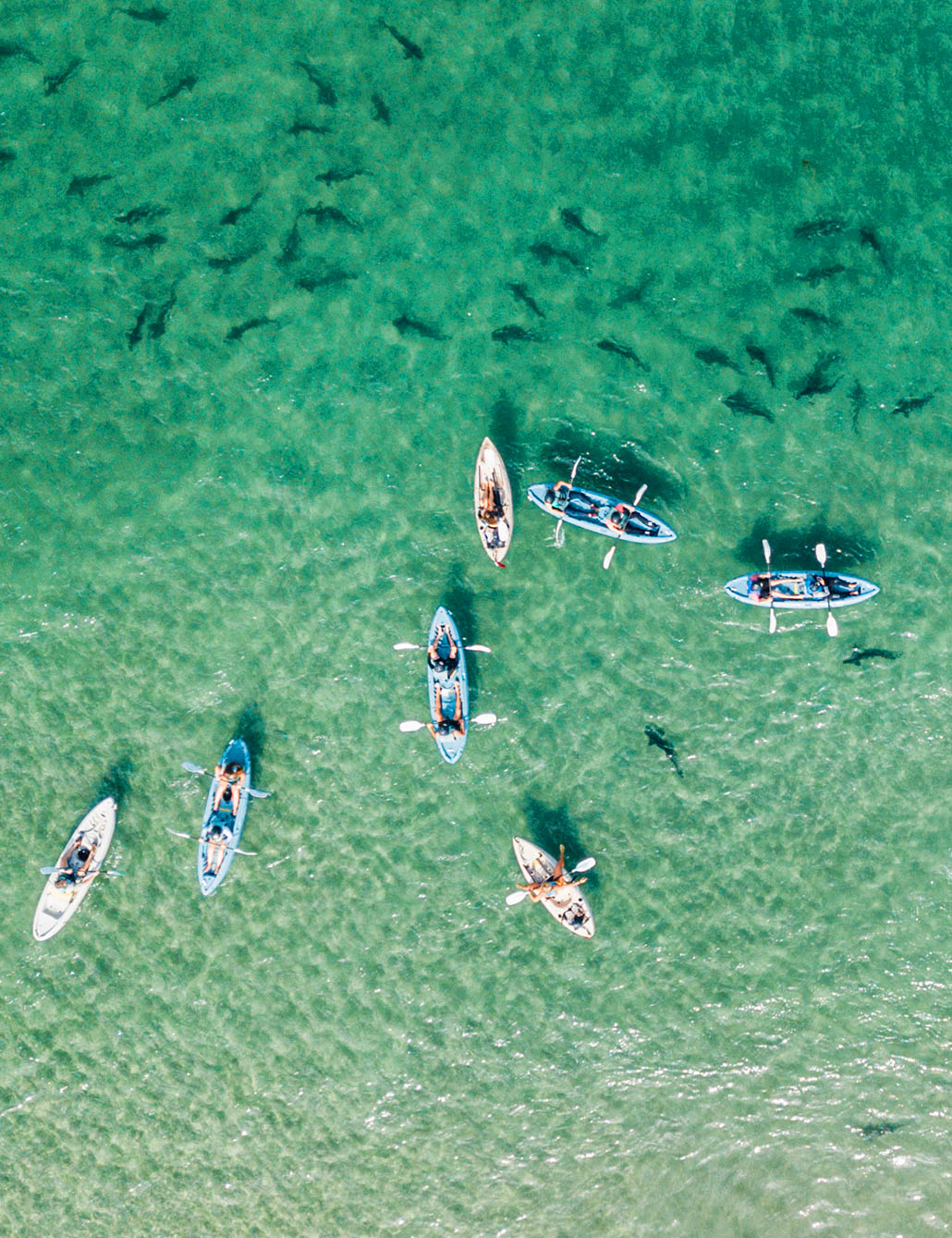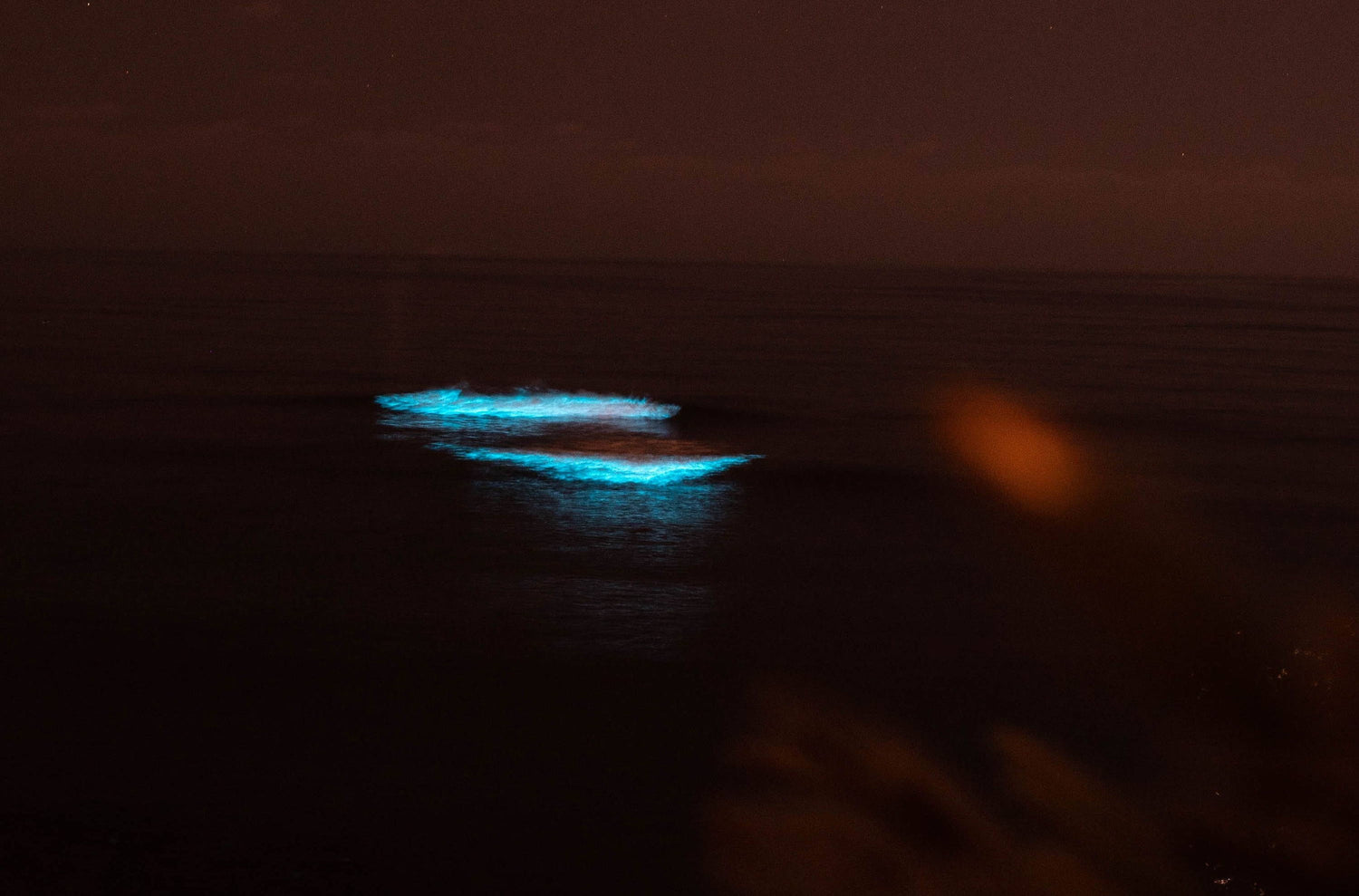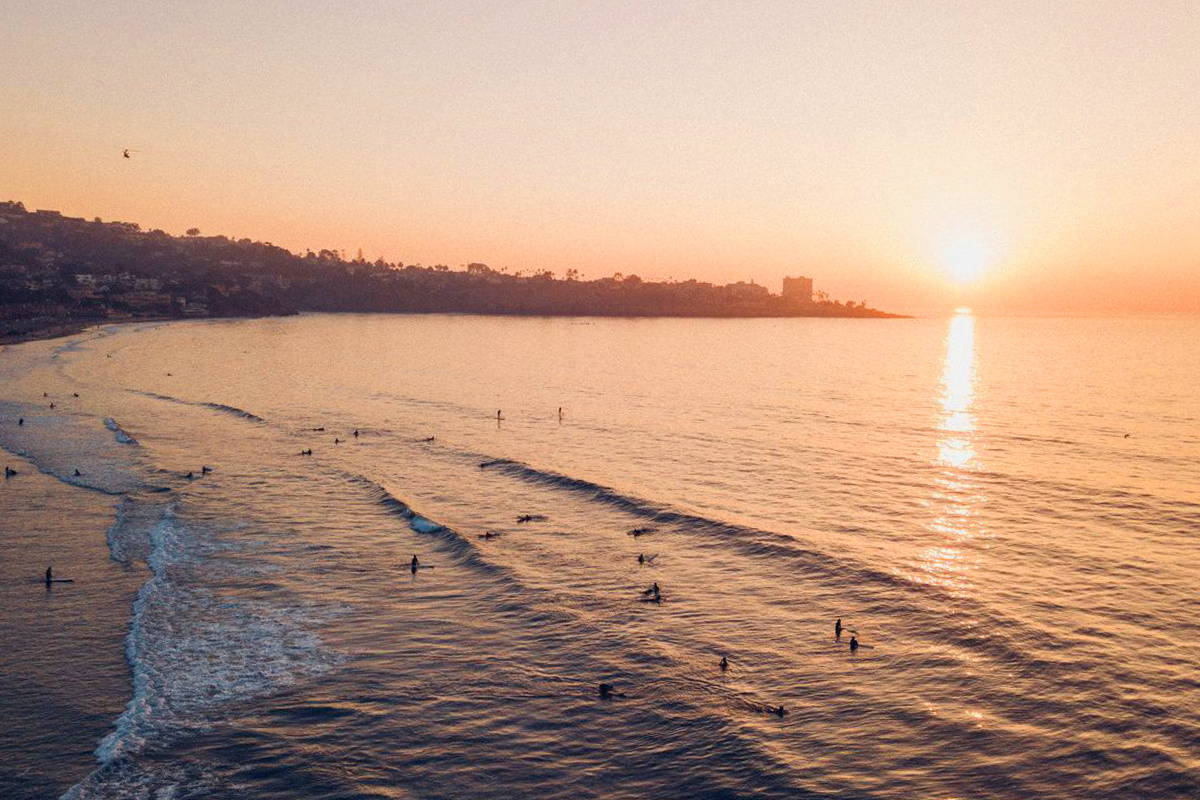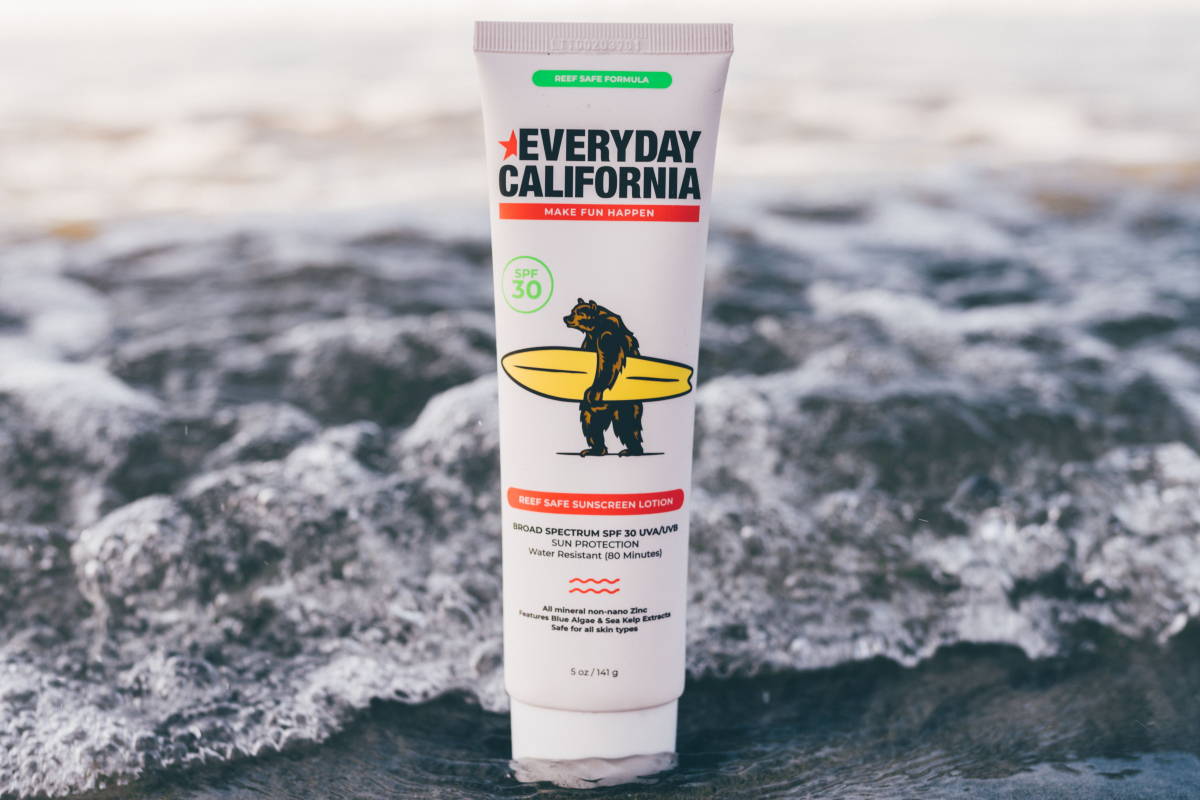By Andrew Iida l Head Writer & Resident EMT
Something amazing is happening in the ocean...
Over the weekend, I went to my local beach for the first time since the COVID-19 lockdown. So did everybody else. People were so happy to get out of their houses that the beaches were as crowded as any day in the peak of summer.
That night, I went back to the beach after sunset, and there were twice as many people. During the day, the water looks brown and dirty, but at night, the ocean is transformed. All over San Diego county, people are heading to the beaches at night to see the waves glowing a bright, electric blue.
This incredible phenomenon has been happening for a few weeks, but with all of the beaches closed, most of us have been unable to see it. Now that the beaches are open, nobody wants to miss this amazing experience.
San Diego is experiencing a red tide, which is caused by a sudden increase in algae in the ocean, called an algae bloom. These phytoplanktons are always present in the water, but under certain conditions, they grow and reproduce so quickly that they fill huge sections of the ocean, turning it brown or red.
Not all algae blooms make the waves glow, but the current red tide in San Diego is caused by the species Lingulodinium polyedra, which uses bioluminescence to avoid predators. When the algae is disturbed, such as when a predator swims through it or it or when a wave full of the plankton breaks, the algae reacts with oxygen to produce a bright blue flash. The sudden burst of light can startle the animals trying to eat the plankton, and attract larger animals to eat those predators. During an algae bloom, there is so much plankton in the water that each crashing wave seems to grow neon blue, and swimming through the ocean leaves a bright, glowing trail.
Why are the waves glowing?

Bioluminescence in Morrow Bay, CA
What causes red tides?
Algae blooms happen because of a sudden increase in nutrients in the ocean, and often happen when we have sunny weather following rain. The storms create upswells in the ocean, which bring nutrients from the sea floor to the water. They also produce urban runoff, and the fertilizers that wash from our farms and gardens help the algae grow very quickly.
Are red tides dangerous?
Red tides can be dangerous, but for most people, San Diego’s current red tide is safe. Our population of Lingulodinium polyedrum does not produce toxins that are harmful. People with medical conditions that affect breathing, like asthma, can see their symptoms worsen from being close to the red tide, but healthy people without preexisting conditions are not affected.
In some places, red tides are most often caused by harmful algae which produce toxins. When these algae bloom, it’s always a good idea to stay out of the water
How do we know if it is safe to swim?
Although most red tides in San Diego are harmless, it’s still possible for us to see a harmful algae bloom here. Whenever the ocean is brown or red, you should always check this website for up-to-date beach alerts before swimming. Currently, most beaches are still suitable for swimming, which is giving surfers some unforgettable experiences.
I’ve been seeing a lot of dead fish. Is that normal?
Yes, certain species are harmed by the algae blooms, even though they’re safe for humans. It’s normal to see more dead fish washed onto the shore during a red tide, and you can just ignore them. If you see a marine mammal (seal, sea lion, dolphin, etc.) washed on the shore, you’ll want to call someone.
In San Diego, if the mammal is alive, you should contact SeaWorld’s animal rescue team here. If the mammal is dead, contact NOAA at (858) 546-7162. Outside of San Diego, please contact the most appropriate center by checking here.
How long will the red tide last?
Nobody knows. Last year, San Diego saw a red tide that lasted for a few days before things went back to normal, but red tides can last for months at a time. We’re pretty lucky that this one has lasted longer than the beach closures, but the general rule is that if there’s a red tide today, don’t wait until tomorrow night to see it.
Even the dolphins are taking advantage of the bioluminescence in San Diego
What is the best way to see the glowing waves?
Plankton produce bioluminescence during the night, so you’ll need to head to the beach after sunset. The best place to see glowing waves in San Diego is a place that doesn’t have a lot of light. Torrey Pines Beach has some of the lowest light pollution of any beach in San Diego County, so if that beach opens before the COVID-19 lockdown ends, it will be a very popular spot to see the bioluminescence. But if you can make it down to the beach right now, there are a lot more options.
When I went to see the red tide last year, it took about five minutes sitting in total darkness at Torrey Pines for my eyes to adjust enough to see the glowing waves. The current red tide is so big and bright that over the weekend, I was standing under a streetlight next to a crowded road, and the bioluminescence was strong enough to see immediately. Pretty much all of the beaches in San Diego are glowing right now, so you should be able to see it wherever you can see waves crashing at night.
I had great luck starting at Moonlight Beach in Encinitas and walking south until I was past the crowds.
Can I bring some of the water home?
Sure! Just be aware that the plankton won’t survive long out of the ocean. Take a small bottle and fill it up halfway with ocean water. You don’t want to fill it up all the way, because then there will be less oxygen to produce bioluminescence. I used a pint-sized mason jar, and when I brought it back home to a pitch-black room, it glowed faintly when I shook it. Unfortunately, all of the plankton seemed to die during the night, and there was no more visible bioluminescence the next day.





Thanks to Keiko Sherman for sharing these pictures! You can see more of her photos and videos on Instagram: @eye.sea.nature
Did you get some good pictures of the glowing waves? Submit a comment with a link to the image and how you’d like to be credited, and we’ll put it on this blog!


